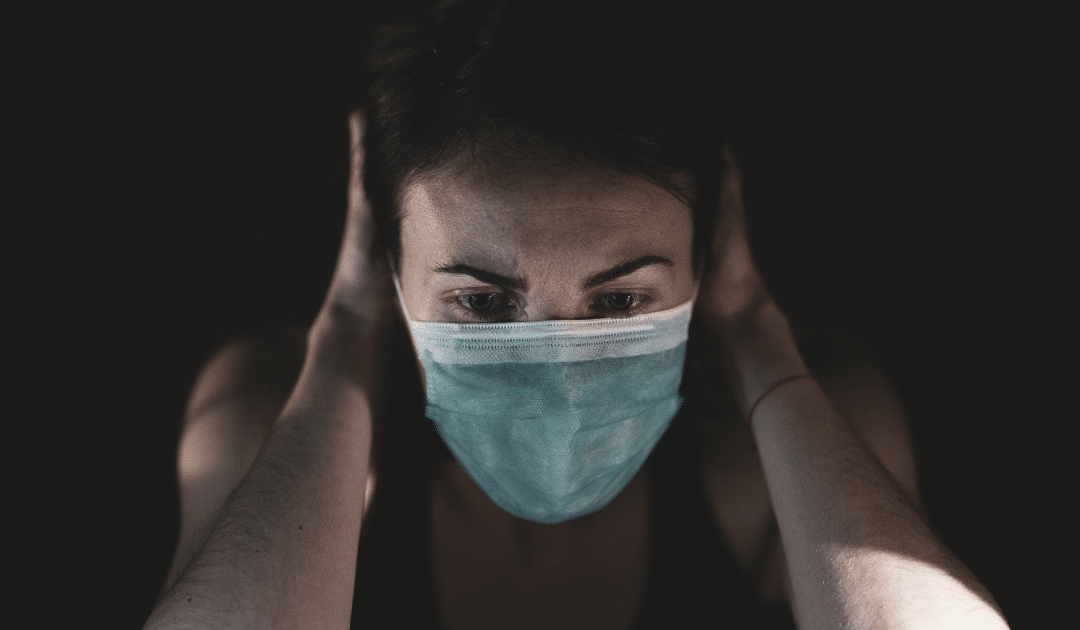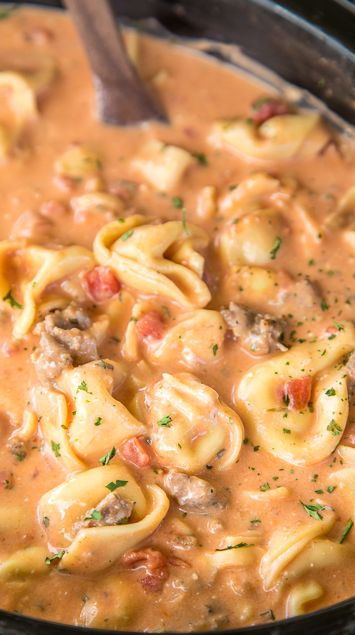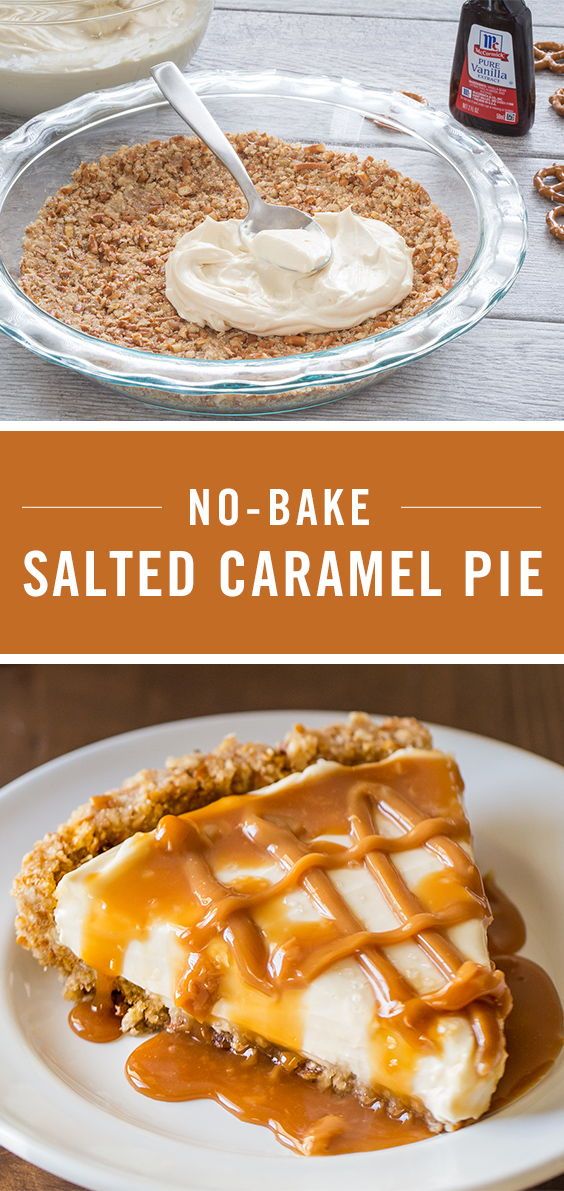by California Casualty | Educators, Health |
Our Education Blogger is a public school teacher with over a decade of experience. She’s an active NEA member and enjoys writing about her experiences in the classroom.
The “discussion.” It’s inevitable. Kids are going to want to talk about Coronavirus-COVID19 (if they haven’t asked you already). This is a difficult, yet important, discussion. So, where do we start the conversation?
The good news- There’s no right or wrong way to approach this topic. However, if you are unsure of how to navigate this conversation, you may find these tips to be helpful.
Be Calm
Your kids naturally react to your emotions. When you are calm, kids are more likely to listen to you and better understand.
Be Available
Allow time in your schedule simply for talking. Tell your kids you are available if they have questions. Try not to force conversations. When kids are having strong feelings, validate those feelings and talk about them.
Be Prepared
Don’t be surprised if you have to repeat information to your kids; any type of crisis can be confusing. Kids need to find ways to feel reassured, and repetition of information can satisfy this need.
Be Honest
Adults want to make scary situations less frightening for kids. It’s natural. But during times of crisis and uncertainty, it is important to be honest with kids. Provide information using age-appropriate language and concepts. Also, remind kids that not everything they read or see is an accurate representation of the truth; we must be mindful consumers of media.
Be Sensitive
We may struggle to find the answer to the big question: Why? Please find reliable information to help you answer this question (fact sheets from CDC). Don’t use language that blames a group of people or assumes specific races or ethnicities contract or spread the virus.
Be Attentive
Know what your kids are watching and hearing on TV and online. It’s always a good idea to limit screen time, especially during a crisis. Too much information can be overwhelming and may cause confusion or anxiety. Also, be aware that kids may be listening to adult conversations.
Be Proactive
Revisit proper hygiene routines with them, like:
-
-
-
- Practicing sneezing and coughing into your elbow or tissue
- Washing hands for 30 seconds using soap and hot water (wash before eating or touching food and after blowing nose, coughing, sneezing, or using restroom)
- Hand sanitizing
- Avoiding sick people
Be Comforting
Reassure kids that they are safe in their homes. Try to avoid making promises to kids that no one in their families or close circles will contract the virus. Remind them that most people who become sick from COVID19 will recover.
Be Inspiring
This is a great time to show kids how helpful people can be during times of crisis. Even though many people have been affected by this virus, there are also many people who are reaching out to help. Ask your kids if they’d want to help during this time. Focusing our attention on positive actions can have a tremendous effect on our well-being.
A few ways kids can help:
-
-
-
- Give blood (must be 17 years old)
- Support your local food bank
- Donate money to reputable non-profits
- Write letters or make pictures to send to doctors and nurses at local hospitals
- Send letters or pictures to people living in residential centers (local retirement centers and nursing homes)
One last thing to remember: kids are resilient. The way adults respond and offer support to kids can help mitigate the potential negative emotional consequences related to this traumatic event. Our kids will bounce back, and perhaps even grow, from this experience.
This article is furnished by California Casualty, providing auto and home insurance to educators, law enforcement officers, firefighters, and nurses. Get a quote at 1.866.704.8614 or www.calcas.com.
For more information visit:
www.cdc.gov
www.aacap.org

by California Casualty | Health, Safety |
Stress is a normal part of life; however, the anxiety caused by Coronavirus may be a new level of stress, many of us have never dealt with before. We’re having to navigate life in a way in a completely new way; working from home, schooling from home, and isolating ourselves from one another. All while not knowing what a day, a month, or a year might bring.
Some of us are slowly figuring out the “new normal”, while others seem to be having a harder time figuring out how to adjust. Thankfully, there are some simple strategies you can use at home to relieve stress and help get you through these tough times.
Here are some easy ways you and your family can combat stress & anxiety caused by COVID-19.
Exercise
Exercise increases your body’s production of endorphins (those feel-good hormones that can improve your mood). Any kind of physical movement will work. Take a short walk, do some chores around the house, or pop on a workout video.
If you are looking for fun exercises for your kids to try, we have a guide here that is full of YouTube channels that will get your child up and moving!
Consume Healthy Foods
It’s no secret that eating well is hard to do when you’re stressed. When we get stressed, our bodies produce the hormone cortisol, which can cause us to crave fats and sugars. Try keeping a variety of fruits, veggies, and nuts at the ready in the event of a snack attack. The more nutritious the food, the more energy your body will receive and the better you will feel.
Take a Bath
Stress can cause tense muscles. A hot bath loosens muscles while also providing a relaxing atmosphere. Light a candle and pour some bubble bath and relax.
If baths aren’t your thing, consider deep stretching or a massage (ask someone you live with to help you with this one).
Stretch Your Funny Bone
Laughter is the best medicine. According to the Mayo Clinic, laughing can stimulate your organs, activate your stress relief response, and soothe tension. There is also evidence that laughter can improve your immune system, relieve pain, increase personal satisfaction, and improve your mood. So, what are you waiting for? Tell some cheesy jokes, watch a funny movie, have a family game night, or read a fun book.
Put it Down on Paper
Journaling your thoughts is cathartic. Let the juices flow, write whatever you are thinking, no need to worry about grammar or technical errors. When you’re done, you may choose to keep your writing to revisit later or toss it.
Many parents have also encouraged their children to keep daily journals during this time, so they can easily look back when they are older and remember how their day-to-day lives completely changed. When you read over their journal entries you can also get a better sense of how your child is coping.
Try Meditation
Create a sense of calm for your body and mind through meditation. There are many forms of mediation, like visualization, deep breathing, and even guided meditation. You can find a variety of free meditation apps, websites, and videos by just simply Googling, “Free Meditation”.
Get Your Beauty Rest
Loss of sleep causes stress on your body. Sleeping recharges your body and your brain. Stick to a consistent bedtime routine that helps you to wind down before slipping under the covers. No devices or caffeine before bed.
While it is important to rest, it is also just as important to not over-rest. To function at your best level, try and get 7-9 hours of sleep per night.
Stay Connected
Even in the midst of a global pandemic requiring many cities and states to enact stay-at-home orders, we can still connect with family and friends through technology. Using virtual meeting platforms and video chat apps, we can spend valuable face time with loved ones and friends thanks to technology like WhatsApp, Skype, Houseparty, Google Hangouts Meet, Zoom, FaceTime.
Talking on the phone and sending/receiving letters can also fulfill this need for human interaction.
Find a Hobby
Distract yourself with an enjoyable activity. Maybe you pick up a new hobby, or you rediscover a love for a hobby you once adored like, sewing, playing an instrument, jewelry making, painting, DIY projects, baking, making TikTok videos, reading, gardening, working out, or even adopting a shelter pet and training it.
Either way, keeping your mind occupied with something you love can keep the stress at bay. You might even consider sharing your hobby with a friend or loved one.
Seek Professional Help
If you’ve tried coping with stress on your own, but are still having trouble kicking stress to the curb, it might be time to seek the help of a professional.
Mental health professionals can help you determine what triggers your stress. They can also assist you in developing a plan for coping by providing you with tools to fit your needs.
For more information visit:
www.apa.org
www.mayoclinic.org
This article is furnished by California Casualty, providing auto and home insurance to educators, law enforcement officers, firefighters, and nurses. Get a quote at 1.866.704.8614 or www.calcas.com.

by California Casualty | Health |
Food is life. It’s something we think about all day, we scroll through pictures of it, we even host social gatherings with it front and center; but if we aren’t consistently putting the right food into our bodies, it can cut our lives short. Obesity and heart disease account for nearly 22 million deaths worldwide every year.
How do we prevent this from happening to us? By changing our diet.
When we are consistently eating out and ordering fried foods, it takes a toll on our bodies. Not only does it make us sluggish and cause weight gain, but on the inside, it causes blood pressure and cholesterol levels to rise, and this puts us at a very high risk to develop heart disease or have a heart attack.
So, let’s talk about our diets and where to start. It’s as easy as switching out one meal a day. Instead of stopping at the closest food truck or calling UberEats for lunch, try swapping it out for some of these heart-healthy foods:
Green-Leafy Vegetables are rich in vitamins, minerals, and fiber, and are proven to reduce the risk of heart disease. Some great foods to try are:
-
- Spinach
- Kale
- Romaine Lettuce
- Collard Greens
Whole Grains not to be confused with refined grains, are high in fiber and reduce cholesterol, which leads to better heart health. Try eating:
-
- Whole Wheat
- Brown Rice
- Oats
- Quinoa
Fish is high in omega 3 fatty acids, which are essential nutrients that prevent and manage heart disease, lower blood pressure, and reduce the chance of heart attack and stroke. Try eating:
-
- Salmon
- Sardines
- Tuna
- Lake Trout
Berries are among the healthiest foods you can eat. They fight inflammation, are high in fiber, and have the highest antioxidant count among all fruit, next to pomegranates. Try eating:
-
- Strawberries
- Blueberries
- Blackberries
- Raspberries
Nuts are high in healthy fats, packed with vitamins and minerals, and are good sources of fiber and protein. Try eating:
-
- Almonds
- Pistachios
- Walnuts
- Cashews
Beans are a rich source of fiber and protein that have many other health benefits, like reducing cholesterol, decreasing blood sugar levels, and reducing the risk of heart disease. Try eating:
-
- Chickpeas
- Lentils
- Black Beans
- Kidney Beans
This article is furnished by California Casualty, providing auto and home insurance to educators, law enforcement officers, firefighters, and nurses. Get a quote at 1.866.704.8614 or www.calcas.com.

by California Casualty | Health |
New Year, new you. Right? That’s what everyone says. Statistics say that 80% of resolutions fail by February. Remember, you can achieve what you put your mind to, you just have to stick to your goals!
Here are some simple steps to keep from feeling overwhelmed and help you keep your new year resolutions.
- Keep it simple. If your plan is to lose weight, figure out how much you want to shred and then divide that into 11 months. This helps break down a long term goal to small accomplishable goals.
- Accountability. You are more likely to keep at your resolution if your goal is reinforced and encouraged by others. Rely on your support system for the hard days when you’re tempted to give up.
- Track Progress. Include an easy way to track your success to match your goal. A vision board or a journal are some great examples to use.
- Celebrate the wins. Make sure positive recognition is a part of the process. Praise can go a long way.
- Small stumbles will happen. It’s important to remember that bumps will come along the way. That doesn’t mean that you have failed. Write it down on your progress tracker and understand it as a learning lesson.
Change takes time and patience. Don’t give up!
This article is furnished by California Casualty, providing auto and home insurance to educators, law enforcement officers, firefighters, and nurses. Get a quote at 1.866.704.8614 or www.calcas.com.

by California Casualty | Health, Safety |
Halloween is almost here and that means little superheroes, princesses, and ghosts will soon be roaming the streets in search of their favorite sugary treats. Halloween safety
As you spend time planning, decorating and carving pumpkins, remember that a safe Halloween is a Happy Halloween. Whether you’re headed out with the trick-or-treaters or manning the door to pass out candy at home, here are some Halloween safety tips to keep in mind:
Trick-or-Treating with Children:
- Make sure all swords or similar costume accessories are soft, short, and flexible
- Never let children trick-or-treat alone
- Map out a safe route with your kids
- Set a designated time for them to return home or check-in with you
- Fasten reflective tape to costumes and bags to help drivers see trick-or-treaters
- Attach your child’s name, address, and phone number somewhere inside their costume
- Try to walk on the sidewalks as much as possible.
- Carry a flashlight with you—and give one to each child–to help you and others see
- Check to make sure kids are wearing well-fitted masks (or better yet- face paint!), costumes, and shoes to avoid tripping or blocking your vision
- Check over treats before letting kids start eating them- check to make sure they are still commercially wrapped and not tampered with and that they do not present a choking hazard
- Always test make-up in a small area first to check for allergies before applying it to large areas like the face. Be sure to remove all makeup before bedtime to prevent skin and eye irritation
- Remind kids:
- Walk from house to house, never run
- Enter homes only if you are with a trusted adult
- Only visit well-lit homes
- Look both ways before crossing the street
- Never accept rides from strangers
- Never walk near lit candles or luminaries
Prepare Your Home for Trick-or-Treaters:
- Make sure the outside areas of your home is well-lit and free of obstacles
- Be sure to turn on all your exterior lights
- Keep candle-lit jack-o-lanterns and luminaries away from doorsteps, walkways, landings, and curtains. Use battery-operated candles in any outdoor or child-accessible decorations
- Keep pets away from the door so they don’t scare—or get scared by—trick-or-treaters
- Report any suspicious or criminal activity to your local police department or sheriff’s office
- Make sure you do not pass out candy that is a choking hazard to younger children
Have a safe and spooky Halloween!
This article is furnished by California Casualty, providing auto and home insurance to educators, law enforcement officers, firefighters, and nurses. Get a quote at 1.866.704.8614 or visit www.calcas.com.

by California Casualty | Health, News |
It’s fall y’all! And that means it’s time to break out the crock-pot because it is the absolute BEST season to be in the kitchen whipping up cozy fall recipes.
Apples and pumpkins and stews, oh my! All of our favorite cozy fall crock-pot and dessert recipes can be found below and on our Pinterest board, “The BEST Fall Recipes”. Each recipe is linked for your convenience. 🙂
Cozy Fall Crock-Pot Meals:


















Fall Desserts (aka our favorite)



















We could go on and on and on and on…. but we would need a lot more space! Do you have a favorite cozy fall recipe? What about a traditional family recipe you love to create when the weather cools down and the leaves start turning? We’d love for you to share it with is!
Be sure to check out our Pinterest for more fall recipes (including casseroles) and don’t forget to give us a follow at California Casualty to stay up to date on every new fall recipe we discover! Scan our Pincode with your Pinterest camera to follow:

This article is furnished by California Casualty, providing auto and home insurance to educators, law enforcement officers, firefighters, and nurses. California Casualty does not own any of the photos in this post, all are sources by to their original owners. Get a quote at 1.866.704.8614 or www.calcas.com.











































